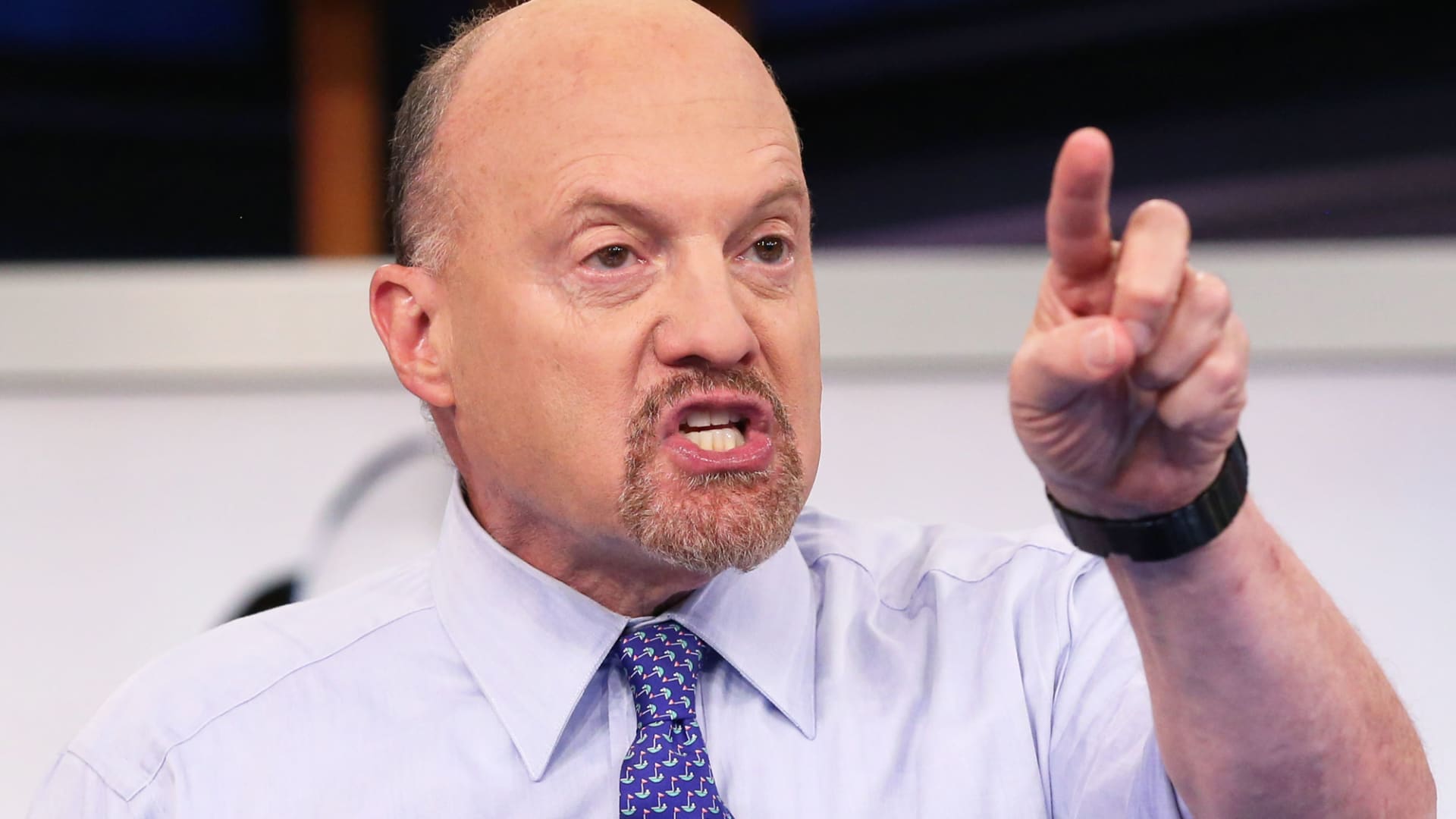US-China Trade Talks Convene in London Amid Market Anticipation

Global financial markets are bracing for a pivotal week, with investor attention keenly focused on high-stakes trade negotiations between the United States and China scheduled in London, alongside the release of crucial U.S. inflation data. These developments, occurring amidst a backdrop of recent market movements and ongoing geopolitical undercurrents, are poised to significantly influence sentiment and direction across various asset classes worldwide.
The U.S. equity landscape has recently shown strength, with the S&P 500 notably trading near record highs and surpassing the 6,000 mark for the first time since February 21, 2025, contributing to consecutive winning weeks for major indices. This performance, driven partly by robust cyclical stocks, suggests a constructive market sentiment, although early week futures hinted at some caution. Adding to the tech sector's focus is Apple's 2025 Worldwide Developers Conference (WWDC), where the company, facing a stock decline of over 18% year-to-date, is expected to unveil its AI strategy.
Central to the week's agenda are the renewed U.S.-China trade talks in London, commencing Monday, June 10, 2025. A high-level U.S. delegation, featuring Treasury Secretary Scott Bessent, Commerce Secretary Howard Lutnick, and U.S. Trade Representative Jamieson Greer, is set to meet with Chinese counterparts led by Vice Premier He Lifeng. These discussions, following what President Trump described as a 'very good' phone call with Chinese President Xi Jinping, aim to mitigate the long-standing trade conflict characterized by reciprocal tariffs. While a temporary truce in May 2025, brokered in Switzerland, reduced some levies, subsequent accusations of non-compliance, particularly regarding China's export of critical minerals like rare earths—a sector where it holds substantial global leverage—have highlighted the complexities involved.
The economic calendar this week is dominated by the release of key U.S. inflation metrics. The Consumer Price Index (CPI) on Wednesday, June 11, 2025, and the Producer Price Index (PPI) on Friday will be meticulously analyzed for insights into prevailing price pressures and the potential pass-through effects of existing tariffs. These inflation readings are particularly critical as they can heavily influence the Federal Reserve's upcoming monetary policy decisions. The Fed is currently observing a blackout period ahead of its June 18 meeting, even as President Trump has publicly advocated for a substantial interest rate cut, a move not currently anticipated by market pricing.
Parallel to the trade discussions, China's latest economic indicators present a nuanced view of its economy. May 2025 data revealed that export growth, at 4.8% year-on-year, fell short of expectations, while imports contracted by 3.4%, signaling persistent weakness in domestic demand. Significantly, exports to the U.S. plummeted by 34.5%. Domestically, deflationary pressures continued, with the Consumer Price Index falling 0.1% year-on-year for the fourth consecutive month and the Producer Price Index declining 3.3%, its steepest drop in two years. These figures underscore the economic toll of trade tensions, despite some measures like the reported temporary approvals for rare earth export licenses by Beijing.
Global markets have exhibited a mixed but generally expectant tone. Asian equities largely advanced on Monday, with Japan's Nikkei 225, Hong Kong's Hang Seng (which saw its China Enterprises Index enter a bull market), and South Korea's Kospi all posting gains. This was partly buoyed by stronger-than-expected U.S. jobs data from the prior week and cautious optimism for the trade talks. European markets, including the FTSE 350, DAX, and CAC 40, also reflected this sentiment, though tempered by concerns over China's industrial output and the overarching trade uncertainties that continue to cast a shadow.
The cryptocurrency sphere is similarly poised for potential volatility, with assets such as Bitcoin (hovering near $69,000 as of June 9, 2025) and Ethereum (around $3,650) closely watching macroeconomic cues. The U.S. CPI release on June 11, alongside any outcomes from crypto-specific deliberations on June 10 and developments in U.S.-China trade relations, are seen as key catalysts. An unexpectedly high inflation reading could dampen risk appetite, potentially impacting Bitcoin's price levels, whereas more benign data could provide support. The observed correlation between cryptocurrencies and traditional equity indices like the S&P 500 further links digital asset performance to broader market reactions to these global events, even as on-chain metrics for Bitcoin suggest some underlying accumulation by long-term investors.
Beyond the dominant themes of trade and inflation, other market-specific factors are also noteworthy. For example, the S&P 500 index recently incorporated Coinbase, although the latest June rebalance saw no further additions despite speculation around other firms. In the U.S. domestic sphere, social and political developments, including protests in Los Angeles related to immigration policies that necessitated National Guard involvement, add another layer to the complex risk environment investors are currently navigating.
In summary, the week commencing June 9, 2025, stands as a critical juncture for global financial markets. The resolution of the U.S.-China trade discussions in London, coupled with the insights gleaned from U.S. inflation data, will be instrumental in shaping near-term market trajectories. Investors worldwide will be scrutinizing these developments for clarity, with the potential for significant market reactions across equities, commodities, and digital assets hinging on whether the outcomes foster renewed confidence or amplify existing cautionary sentiment.
You may also like...
SEC Confirms Ripple's Victory: Legal Battle Concludes as Fundraising Greenlit!

The U.S. Securities and Exchange Commission has concluded its lengthy legal battle with Ripple, issuing a critical waive...
Legal Firestorm: South Korean Ex-President's Wife Targeted in High-Stakes Arrest Warrant

South Korean investigators have secured an arrest warrant for Kim Keon Hee, the wife of jailed former President Yoon Suk...
ASEAN-Brokered Breakthrough: Thailand & Cambodia Edge Closer to Historic Border Deal

Thailand and Cambodia engaged in high-level talks in Malaysia, initiated by ASEAN, to address escalating border tensions...
Kenya's Central Bank Slashes Key Rate to 9.5%: Economic Impact Looms

Kenya's Central Bank has lowered its benchmark rate to 9.50 percent, continuing its policy to stimulate economic activit...
Is Humanity Trading Connection for AI Comfort? A Deep Dive

As individuals increasingly turn to AI for emotional support, questions arise about the erosion of human connection. Thi...
Local Tragedy: Hotel Under Construction Collapses in Edo, Claims Owner's Life

A hotel under construction in Uromi, Benin City, collapsed, tragically killing its owner, Andrew Isesere. Eyewitnesses a...
Naked Gun Remake Delivers Laughs, Neeson & Anderson's Chemistry Wows!

This season's film releases offer a diverse lineup, highlighted by the highly successful "The Naked Gun" remake, starrin...
007 Race Heats Up: New Bond Writer Revealed Amid Casting Frenzy!

The search for the next James Bond heats up with Taron Egerton expressing doubts about the role, while Callum Turner eme...




